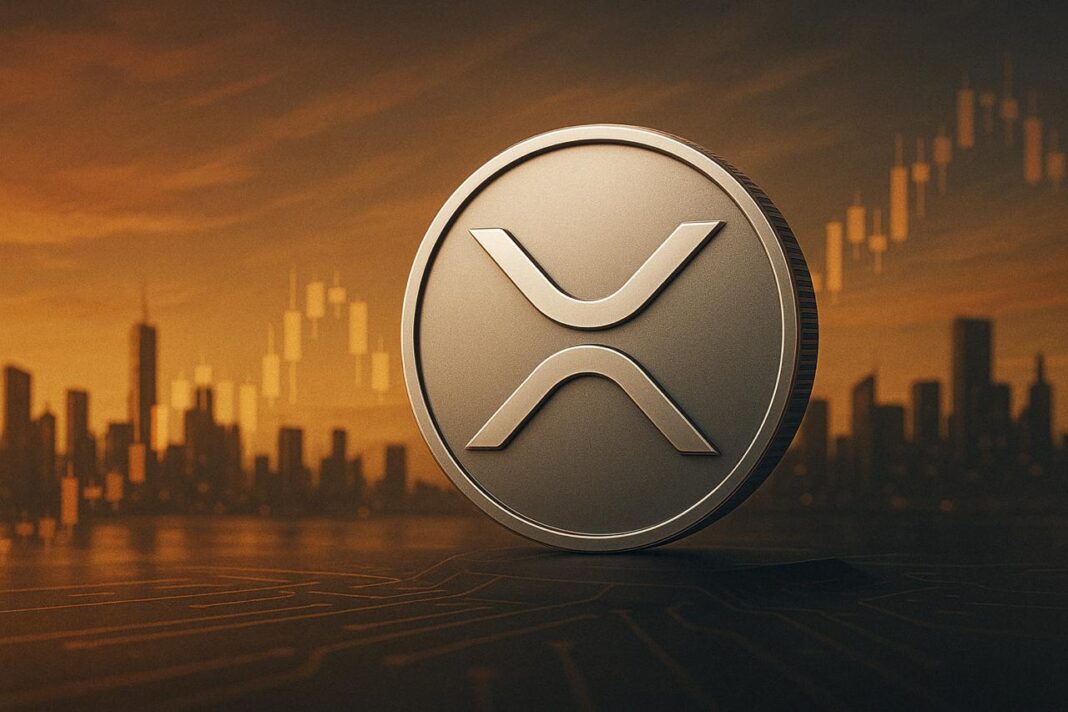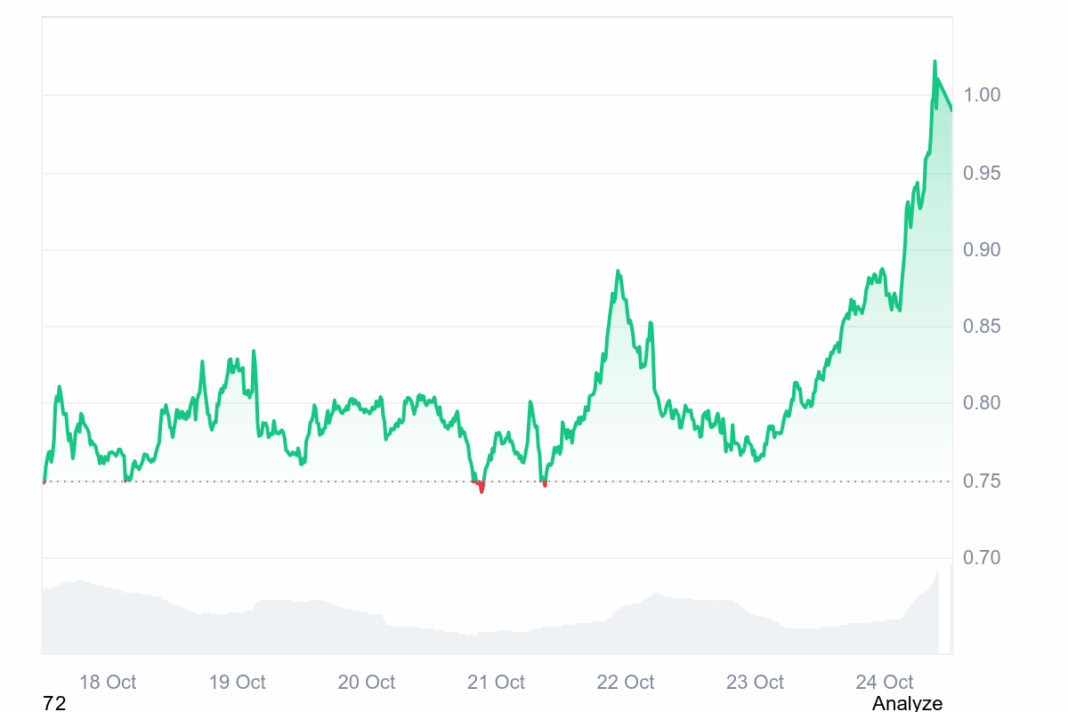Market Pulse
October 24, 2025 – The landscape of Bitcoin mining is undergoing a profound transformation, moving beyond its wild west origins into an era defined by stringent energy policies, escalating operational costs, and the burgeoning demands of artificial intelligence. As 2025 progresses, miners, particularly those in the United States, are grappling with a confluence of pressures that necessitate unprecedented levels of efficiency, strategic energy procurement, and technological adaptation. This shift is not merely a challenge but a catalyst, shaping a more professionalized and resilient mining industry.
The Impact of US Power Reforms on Mining Operations
US power grids, facing increasing demands and a push towards decarbonization, have begun to implement reforms that directly affect energy-intensive industries like Bitcoin mining. States are re-evaluating their energy policies, with some introducing stricter environmental regulations and others imposing higher tariffs or demand response programs that disincentivize consistent, high-power consumption. This regulatory environment is forcing miners to reconsider their geographic locations and energy strategies.
- Increased Scrutiny: Regulators are closely monitoring energy consumption, leading to public and political pressure on large-scale mining operations.
- Dynamic Pricing: Many regions are adopting real-time or time-of-use pricing, making energy costs highly variable and demanding sophisticated energy management systems.
- Renewable Mandates: A growing emphasis on renewable energy sources is pushing miners to integrate greener power solutions, often requiring significant upfront investment.
Soaring Operational Costs: A Growing Headwind
Beyond regulatory changes, the fundamental costs associated with running a Bitcoin mining facility have surged. Electricity prices, the lifeblood of any mining operation, have seen an upward trend across many key mining regions. This is compounded by rising hardware costs, particularly for the latest generation of ASICs, and increased expenses for infrastructure, cooling solutions, and skilled labor. Smaller, less efficient operations find it increasingly difficult to compete, leading to a wave of consolidation within the industry.
The AI Shift: Competition for Resources
Perhaps one of the most significant emerging challenges for Bitcoin miners is the meteoric rise of artificial intelligence and its corresponding demand for colossal amounts of energy and specialized infrastructure. AI data centers, powered by energy-hungry GPUs, are now directly competing with Bitcoin miners for access to cheap, reliable power and suitable real estate, particularly in areas with robust grid infrastructure or abundant renewable energy. This competition is driving up land lease costs and electricity rates, intensifying the pressure on miners.
- Energy Competition: AI clusters require immense and stable power, creating direct competition with Bitcoin mining facilities.
- Infrastructure Strain: The demand for advanced cooling, data center space, and high-bandwidth internet is now shared, increasing overall development costs.
- Technological Overlap: While distinct, both industries benefit from reliable power, efficient cooling, and strategic locations, leading to potential synergies but primarily heightened competition for now.
Miner Adaptations and the Future Outlook
In response to these multifaceted pressures, the Bitcoin mining industry is rapidly evolving. Miners are investing heavily in more efficient hardware, developing advanced cooling technologies (like immersion cooling), and strategically relocating to areas with abundant and underutilized renewable energy, such as hydro, geothermal, or flared natural gas. The focus is increasingly on energy arbitrage and integrating mining operations with grid balancing services, transforming them from simple energy consumers into active participants in energy markets.
Conclusion
The year 2025 marks a pivotal moment for Bitcoin mining. The confluence of US power reforms, escalating operational costs, and the formidable competition from the AI sector is forging a more mature, competitive, and technologically sophisticated industry. While the path ahead presents considerable challenges, it also necessitates innovation and strategic foresight, ensuring that only the most adaptable and efficient players will thrive in this new, high-stakes frontier of digital gold production.
Pros (Bullish Points)
- Increased efficiency and technological advancements will lead to a more robust and sustainable mining infrastructure.
- Consolidation could professionalize the industry, attracting larger institutional players and investment.
Cons (Bearish Points)
- Rising costs and competition may force smaller miners out of business, leading to centralization concerns.
- Energy resource competition with AI could put upward pressure on energy prices, impacting profitability margins.
Frequently Asked Questions
How are US power reforms affecting Bitcoin miners?
US power reforms are leading to stricter regulations, higher energy costs, and increased scrutiny on energy consumption for Bitcoin miners, pushing them to seek more efficient and sustainable power solutions.
What is the primary impact of AI on Bitcoin mining?
The primary impact is intense competition for energy resources and suitable infrastructure, as AI data centers have similar and often higher demands for power, potentially driving up costs for miners.
How are miners adapting to these new challenges?
Miners are adapting by investing in more energy-efficient hardware, exploring advanced cooling technologies, relocating to regions with abundant renewable energy, and engaging in energy arbitrage or grid balancing services.




